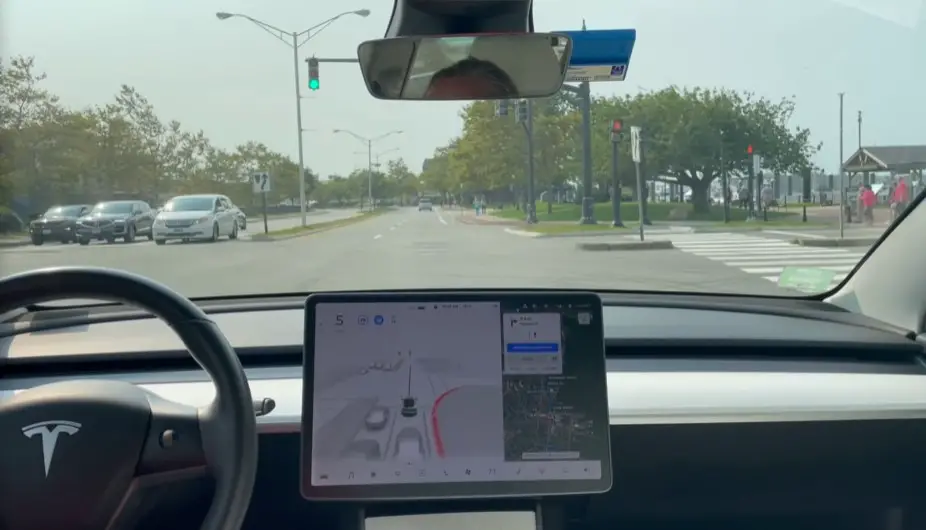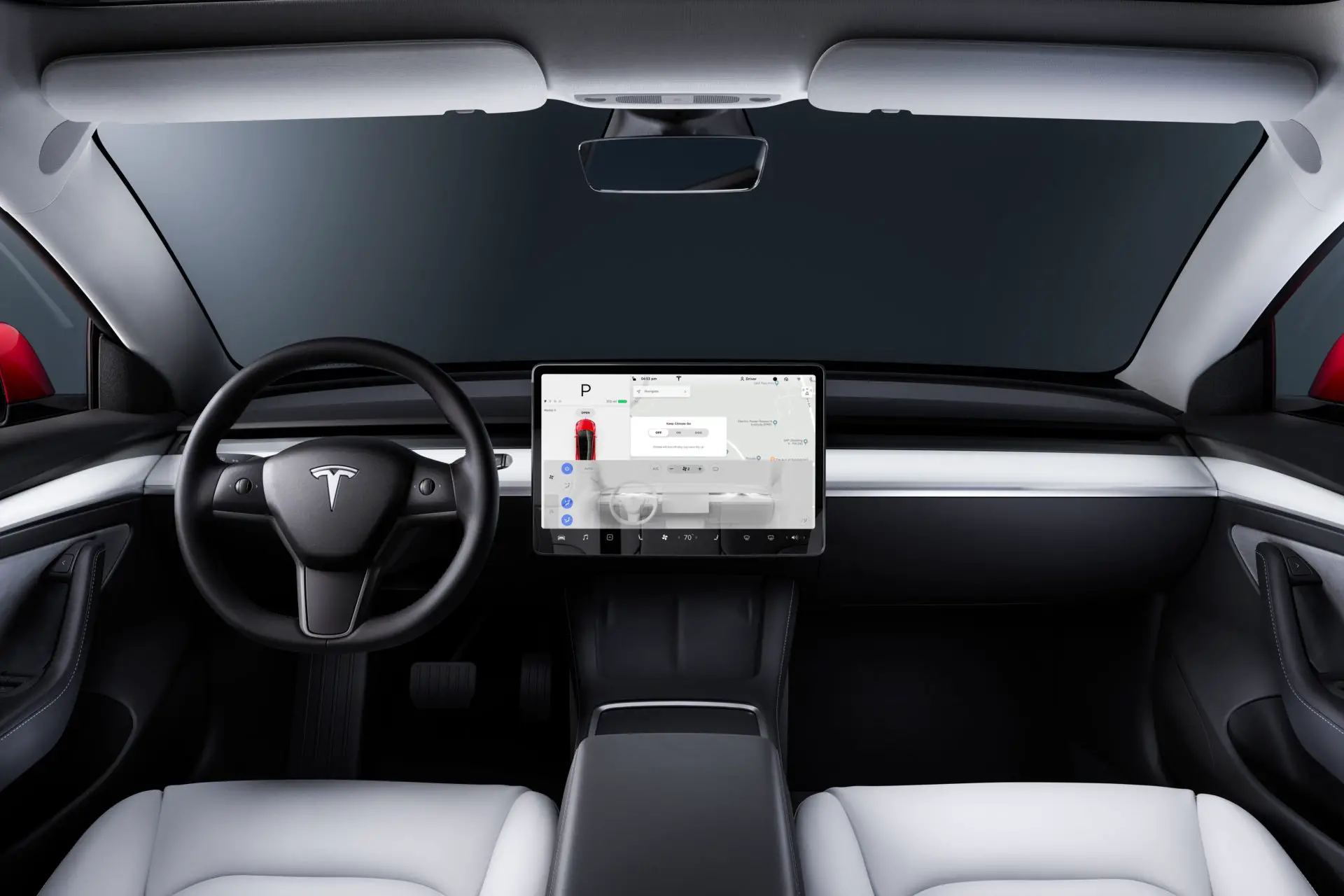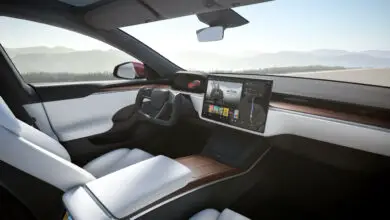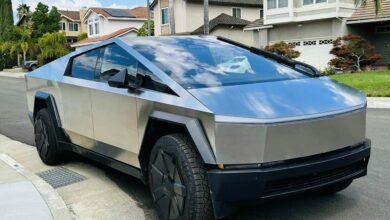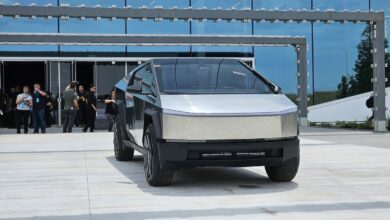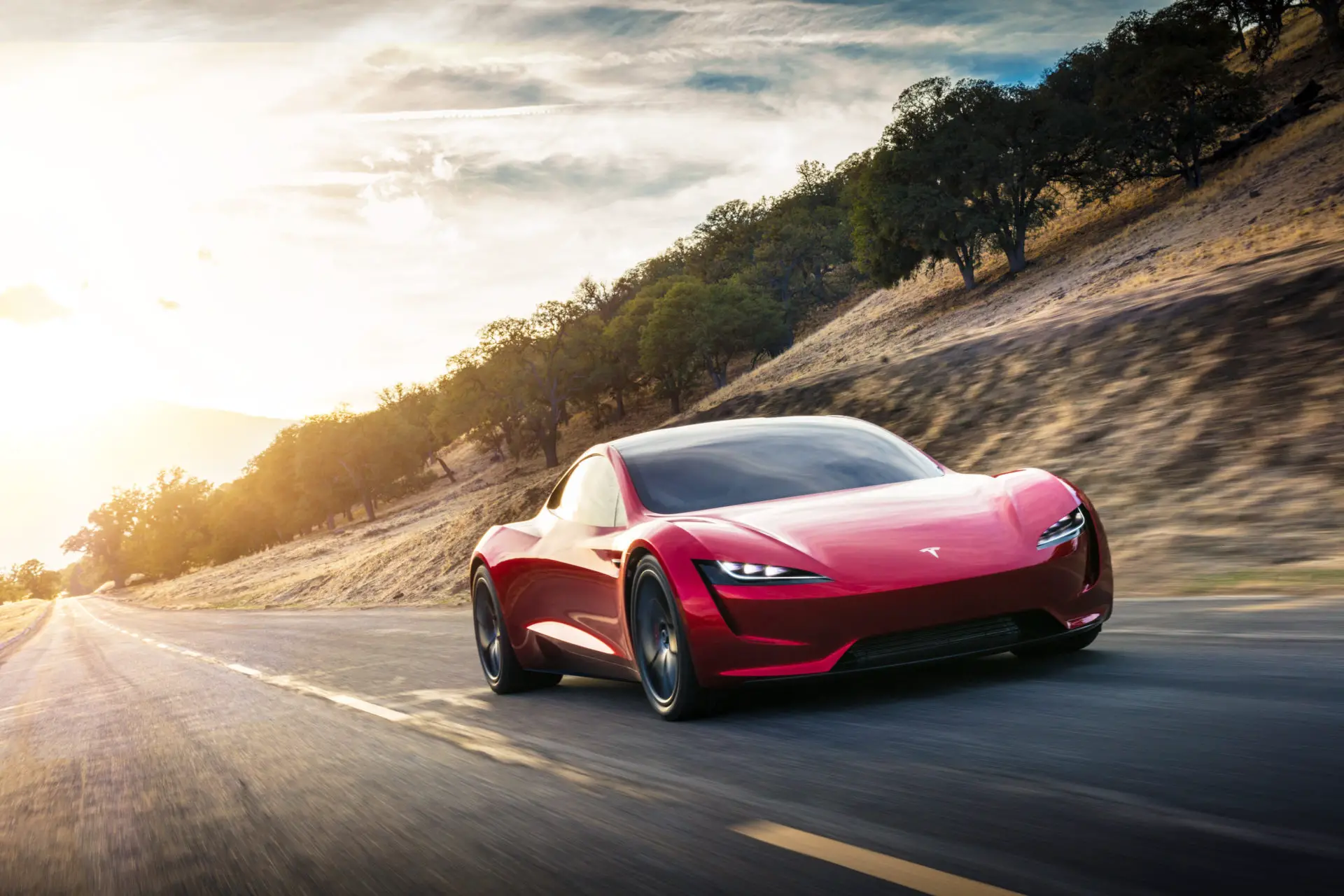Tesla Offers FSD Mode That Makes Car More Aggressive Around Other Drivers
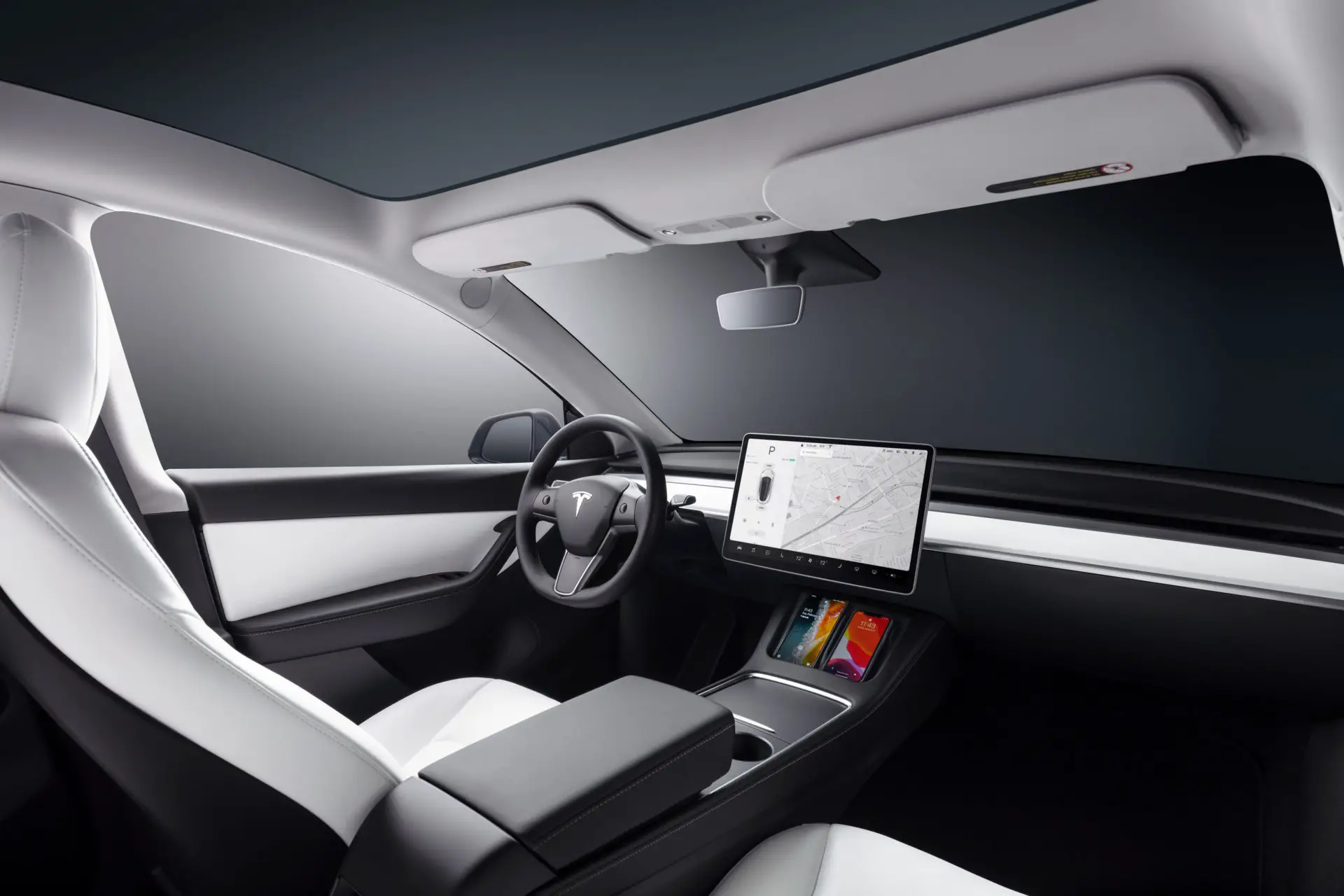
The Tesla’s self-driving feature has introduced an assertive driving mode. The option will follow other vehicles more closely, alter lanes more frequently, avoid leaving the overtaking lane, and do rolling stops. Safety organizations often discourage human drivers from engaging in such actions so was this the right move for Tesla?
One motor safety expert argued that the assertive mode could actually be safer than an overly cautious one.
Tesla’s October software upgrade added three driving profiles – chill, average, and assertive. Tesla quickly pulled the update due to other problems, but the driving profiles feature has now been brought back.
David Zipper, a technology writer, tweeted a screenshot of the update, which was first reported by The Verge. It reads:
“Your Model X will have a smaller follow distance, perform more frequent speed lane changes, will not exit passing lanes and may perform rolling stops.”
https://twitter.com/DavidZipper/status/1480218411162550273
Some users on social media have labeled the list of activities as “less safe.” Matthew Avery, an expert from Thatcham Research in the United Kingdom, said that by taking away the risk of human error in driverless systems that are properly designed means they are, in theory, safer.
He said:
“If we want widespread adoption of automation, drivers are going to expect the vehicle to do and make the decisions that you would do as a human driver, not some very benign and very safe algorithm,”
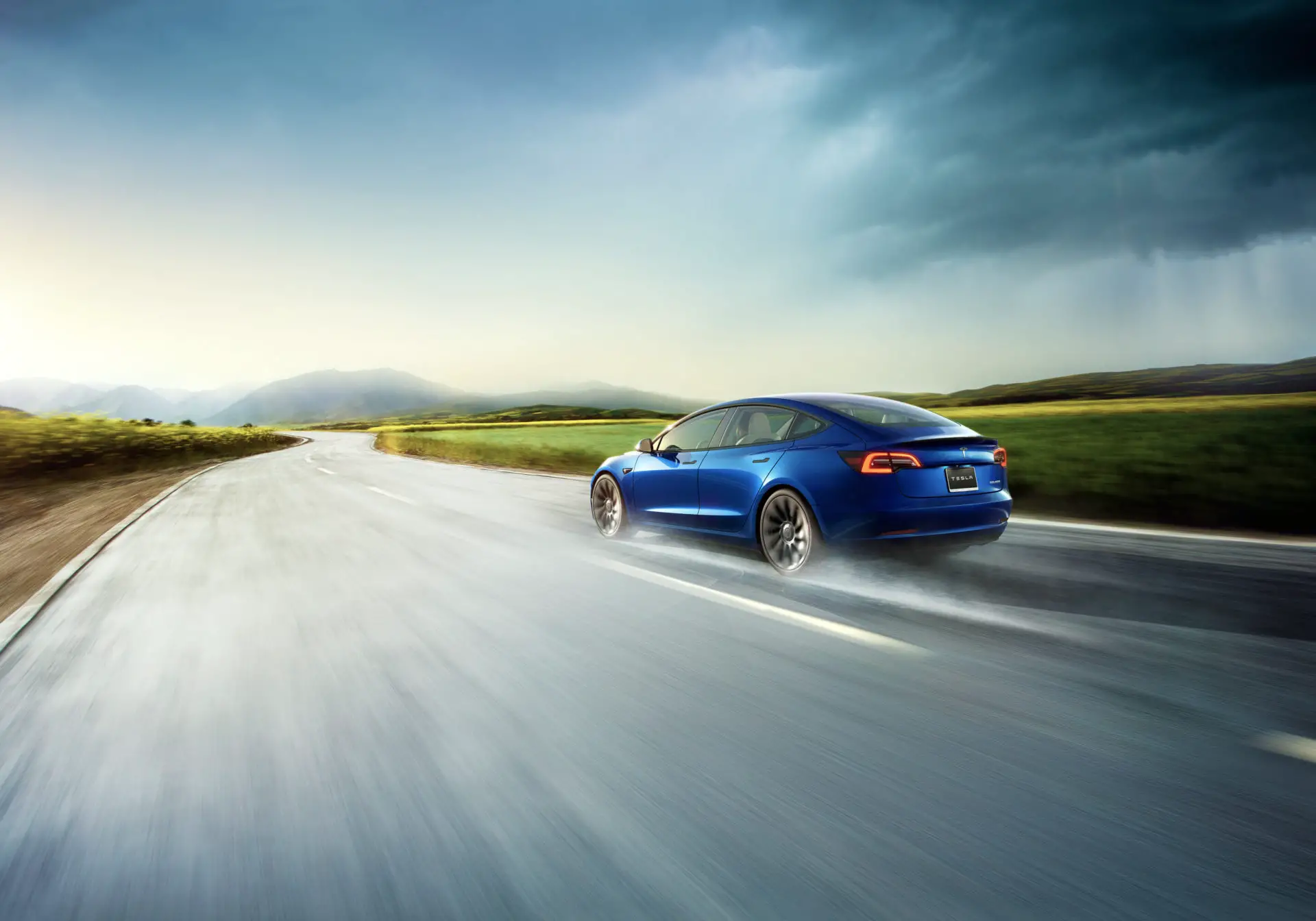
When non-automated cars are in an uncontrollable situation, such as one having to pull over on a single-lane road or at a four-way junction where one driver must go first, they frequently become stuck. Two cautious automated vehicles might both wait for the other to move.
My Avery added:
“This is what the manufacturers are trying to learn at the moment. So, a degree of being slightly less cautious, if that means more people use the systems more of the time because they feel that they’re more human-like, that’s a good thing.”
However, he stressed that how “assertive” the system is will determine whether or not it works and it must avoid aggressive driving.
“It’s a fine line between assertive and aggressive, but definitely there are situations when automation going through some very basic rules will eventually sort of stop because it just can’t progress. I don’t think we’re there yet. I don’t think the technology is sophisticated enough.”
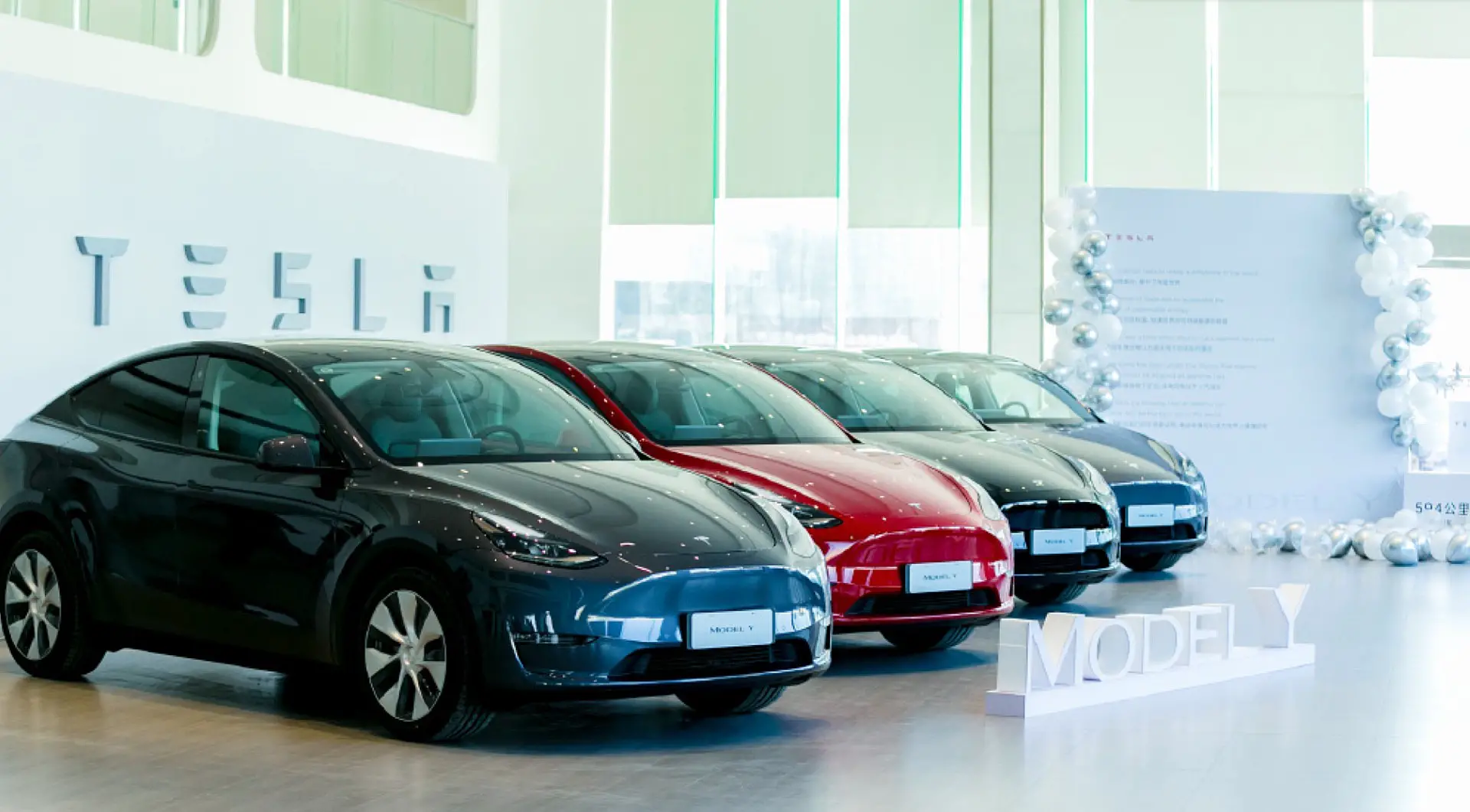
It is illegal in many areas to not properly stop at a stop sign. Some drivers tend to slowly crawl through the stop sign, known as a rolling start, however some say this is more dangerous.
Both Tesla’s average and assertive driving modes appear to have rolling starts. The car “will not leave passing lanes,” according to the description, which also contradicts some local laws.
Tesla’s “Full Self-Driving” feature, which is still in the experimental stage, is only accessible in the United States. However, several states have made it unlawful to depart the right lane unless overtaking.
It’s unclear if Tesla’s technology will take into account regional or state-based variations in the rules regarding staying in overtaking lanes, as well as rolling stops.
Tesla’s “full self-driving” has come under a lot of criticism, with disasters and incidents involving the technology getting wide attention. Tesla has disclosed that drivers must constantly be in control of the car and ready to take over at a moment’s notice for safety.
